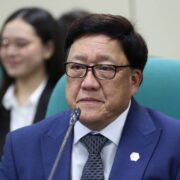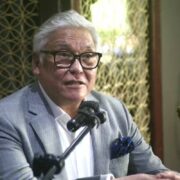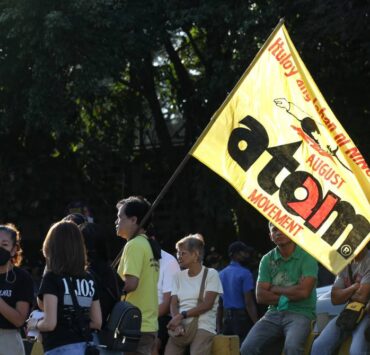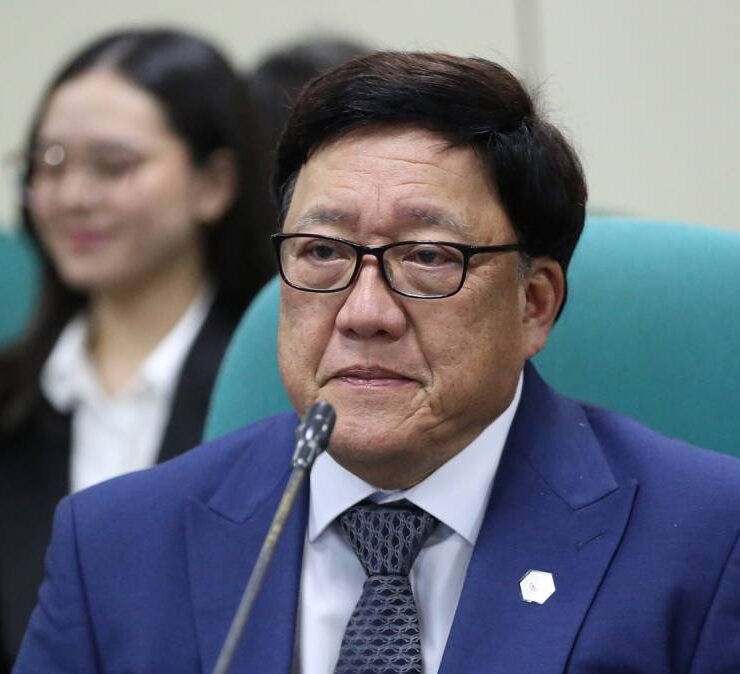The importance of Tandang Sora
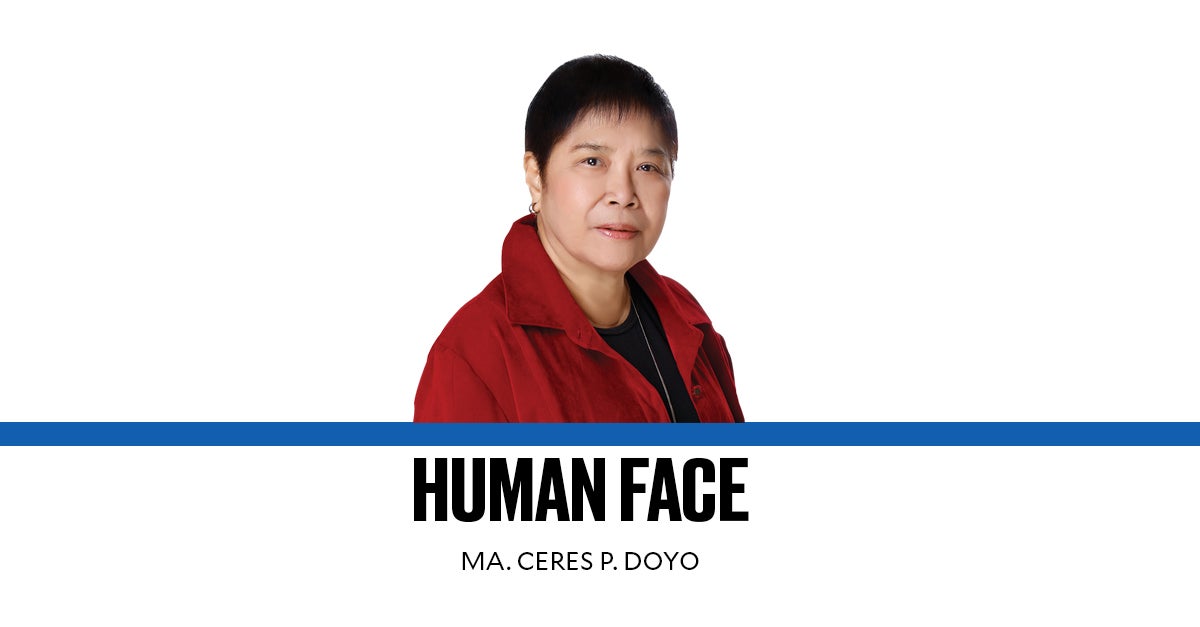
Words from Filipino hero/shero/heroine Tandang Sora: “Kung ako ay may siyam na buhay, patuloy ko pa rin itong iaalay sa bayan. (If I had nine lives, I would continue to offer these for my country.)”
Do many commuters and public utility vehicle drivers plying the Tandang Sora to and from wherever know much about Melchora Aquino-Ramos after whom the long avenue in Quezon City is named? There is much to learn about this woman who, in her senior years, participated in the revolution against the Spanish colonizers and suffered for it. (Tandang, from the Filipino word matanda, is a respectful reference to an elderly person.)
Two days ago, on the 106th death anniversary of Tandang Sora (Jan. 6, 1812-Feb. 19, 1919), the newly erected Tandang Sora Women’s Museum was inaugurated inside the shrine that also bears her name. (She was named after Melchor, one of the Three Wise Men of the Epiphany). In the museum exhibit are artifacts related to her revolutionary involvement plus visuals and information that celebrate the works and struggles of contemporary women toward nationhood, democratic freedom, and equality. Artist Sandra Torrijos curated the exhibit. Special credits go to the Quezon City government under Major Joy Belmonte and Sen. Risa Hontiveros as well as to individuals and groups that made the dream come true. I hope an informative brochure would be printed soon for museum visitors.
From the first paragraph of the notes at the museum threshold: “It serves as a place of learning and healing against patriarchy and all forms of violence.” Pow!
That loud and clear, here’s more (written both in Filipino and English): “The Tandang Sora Women’s Museum offers visitors a chance to appreciate and draw inspiration from the depths of her patriotism as a woman and revolutionary. Often overlooked in male-centered historical accounts, women are heroes in their own right. They are not passive actors in history but major participants, shaping events with their significant contributions.
“The museum documents women’s critical roles from precolonial to contemporary women’s movements. Tandang Sora, Mother of the Philippine Revolution, lives on in the stories of women who continue to wage their struggles in pursuit of a just, free, prosperous, and peaceful life as a nation.”
Note “precolonial.” The babaylan (women priestesses and healers) have a place in the museum. Almost obliterated from history, their spirit has survived and is being revived further by the present generation of women historians, theologians, and militant women. As to “contemporary,” we the Women Writers in Media Now (WOMEN, est. 1981) are honored with an exhibit panel of our own and with our group picture at that! But so are women in the labor force, farming, health service, education, art and culture, politics, etc.
One of the speakers at the inauguration stressed strongly (my paraphrase) that—also and always present at the birth of a nation are women. A wall is dedicated to such women, among them, Teresa Magbanua.
On the shrine marker (my translation from Filipino): “Born in Barrio Banlat, Kalookan which is now part of Quezon City on 6 January 1812, she is called Mother of the Revolution because of how she helped the Katipuneros headed by Gat Andres Bonifacio by her feeding them and giving aid to the wounded. In 1896, the Spanish authorities arrested her and threw her into exile in Guam. She was freed by the Americans and sent back to the Philippines in 1903. She died on 19 February 1919 and was buried at the Mausoleo de los Veteranos de la Revolucion at the Manila North Cemetery. Her remains were transferred to Himlayang Pilipino on 6 January 1970.“ The cemetery is near the shrine.
Tandang Sora was 84 when she was exiled. She died when she was 107 years old. I wonder what her diet was like, what she fed the revolutionaries and insurrectos, what herbal balms she applied on the wounded.
The Tandang Sora Women’s Museum is the first and only women’s museum in the country. Ateneo de Manila University did one first with the Ateneo Library of Women’s Writings. Most of my written stuff is kept there.
Words from curator Torrijos: “Karunungan, katapatan, serbisyo, kasipagan at katapangan (knowledge, loyalty, service, hard work, and courage)” are what marked Tandang Sora’s life that today’s women can emulate. Torrijos quoted Salud Algabre, the only woman among the Sakdalistas: “Nagawa na namin lahat. Bahala na kayo sa susunod pa. (We have done all we could. It is up to you to continue.)”
Shown at the program was a teaser from director Ellen Ongkeko Marfil’s forthcoming movie “Lakambini Gregoria de Jesus” aka Oriang, Andres Bonifacio’s widow whose 150th birth anniversary is in May 2025. Guess who are playing Oriang and Andres.
March, International Women’s Month, will soon be upon us. It behooves us to reflect on the lives of women who led and paved the way for us.
—————-
Send feedback to cerespd@gmail.com




